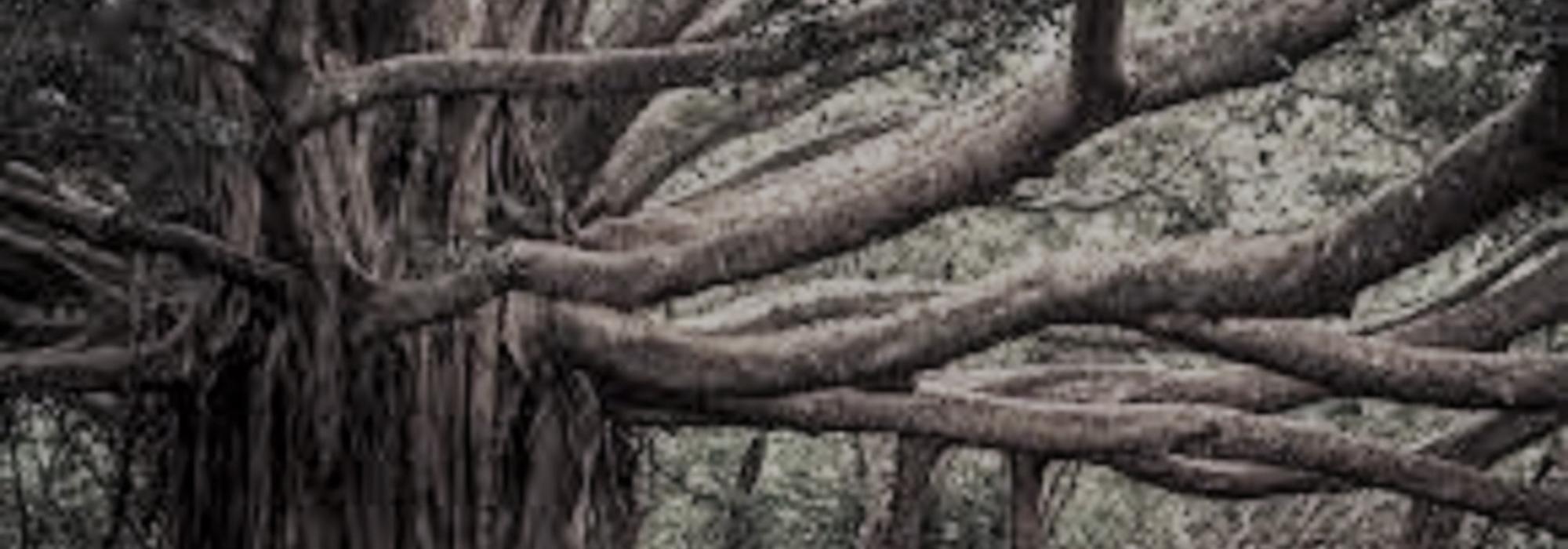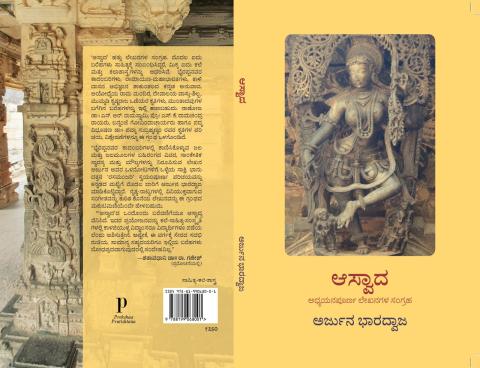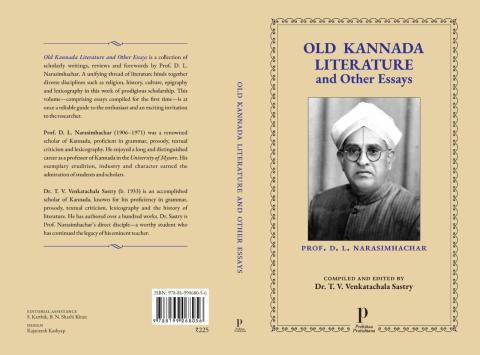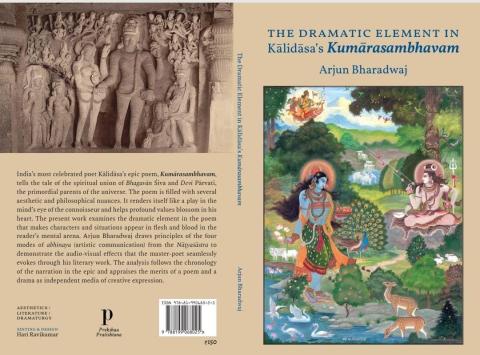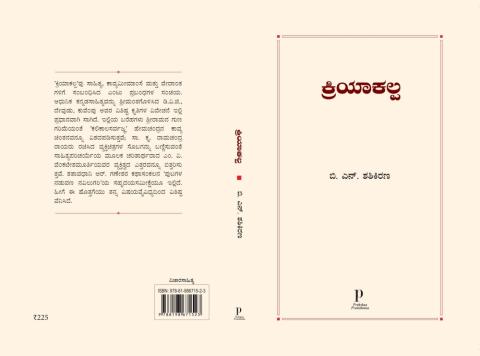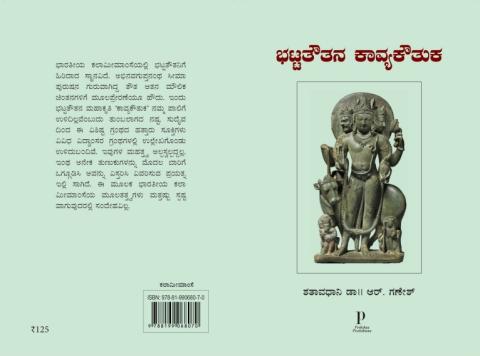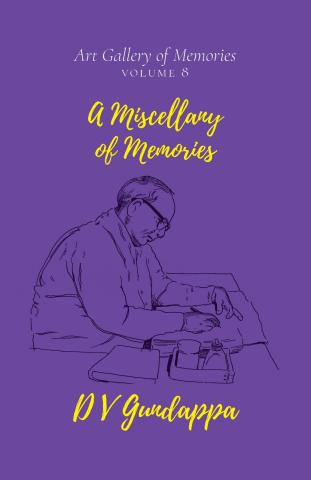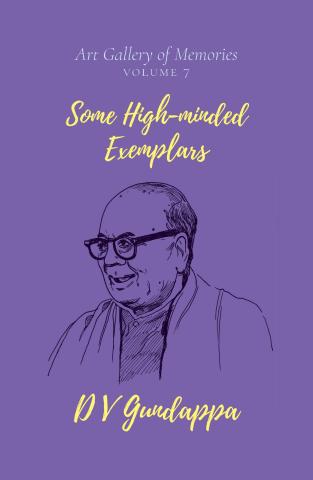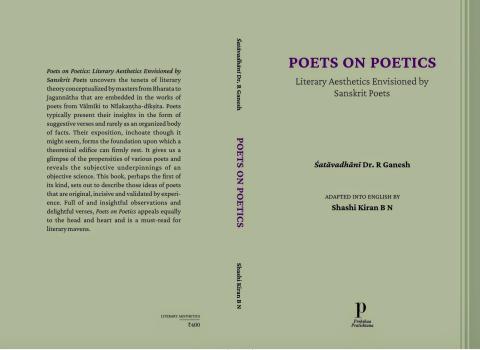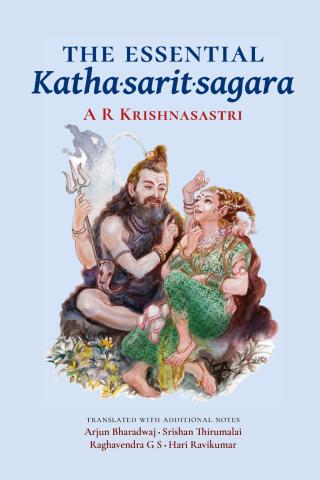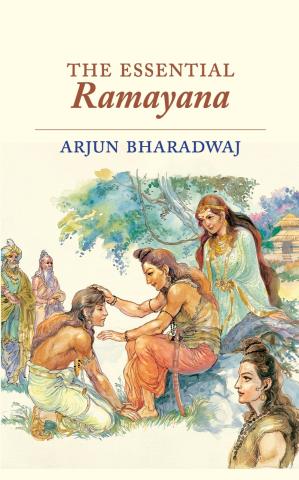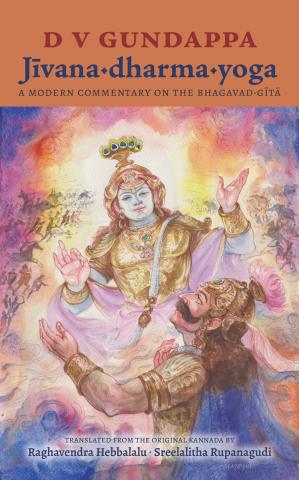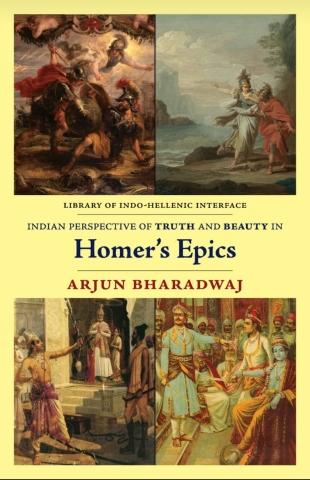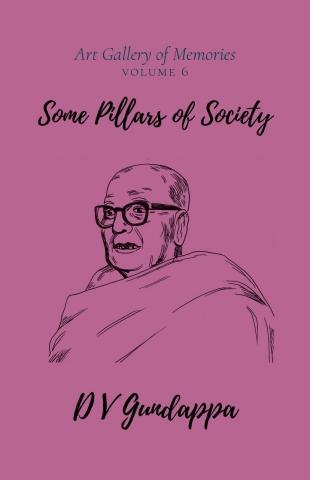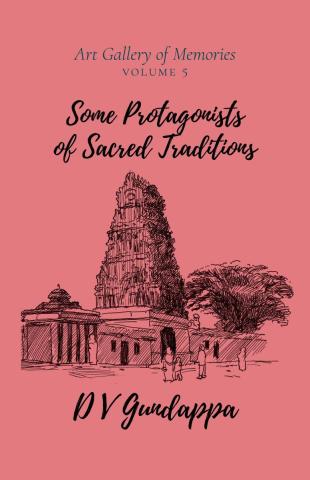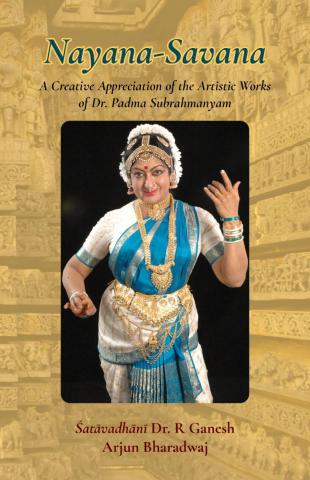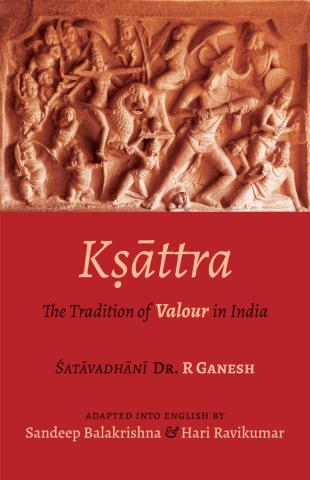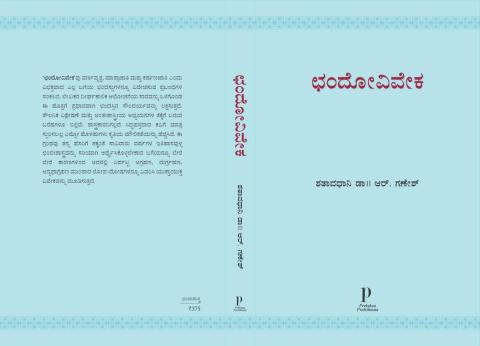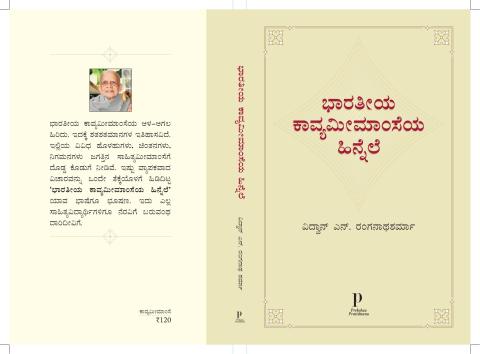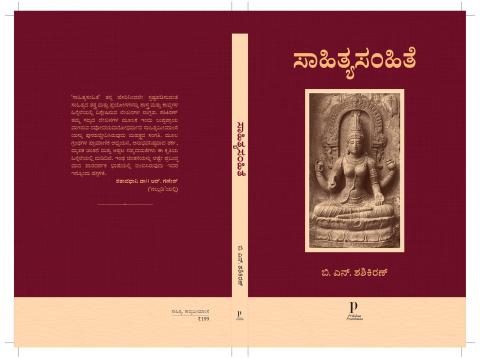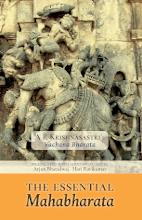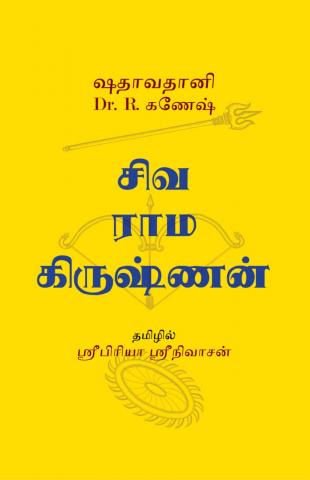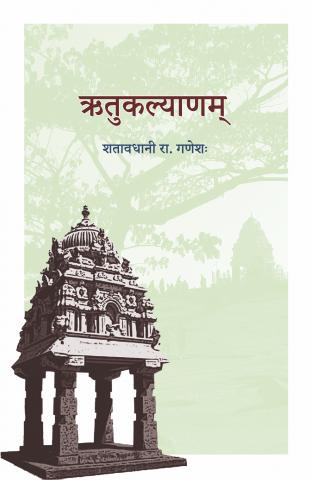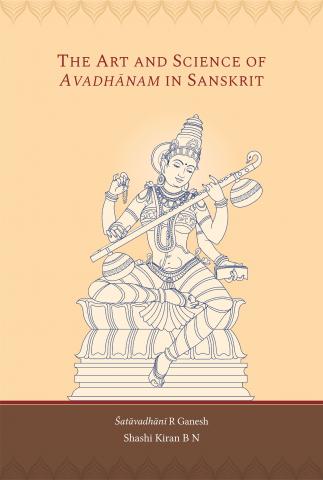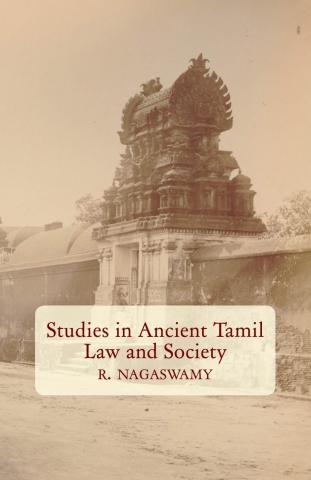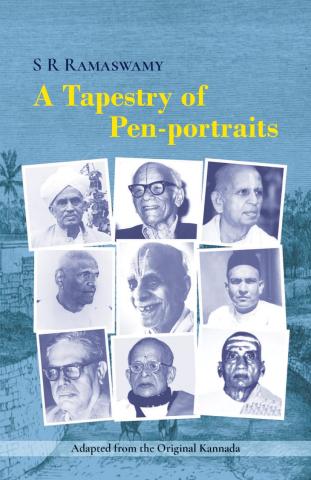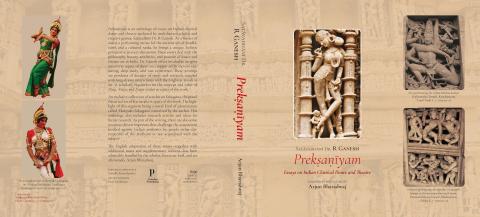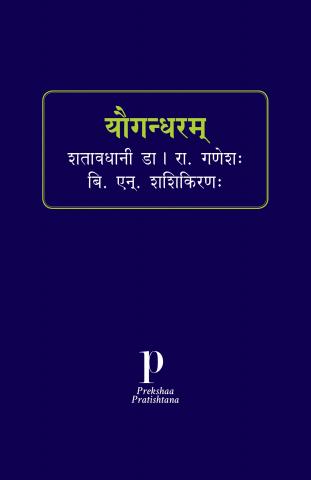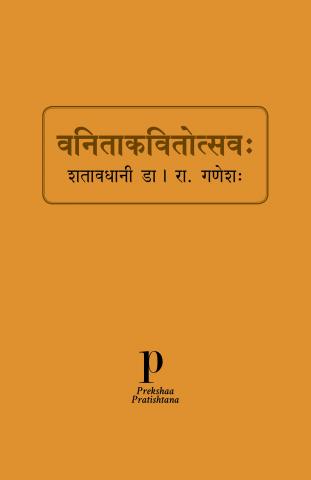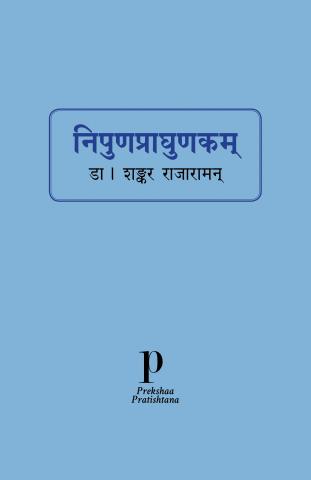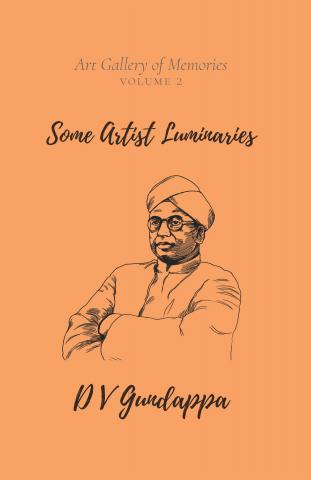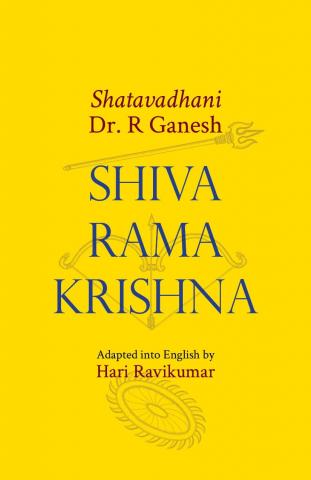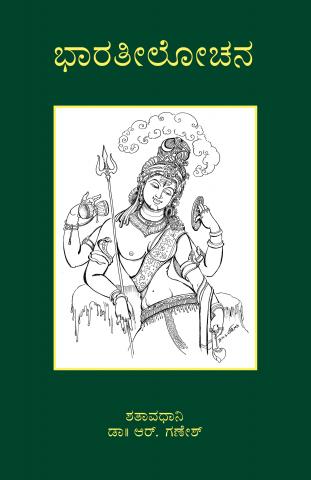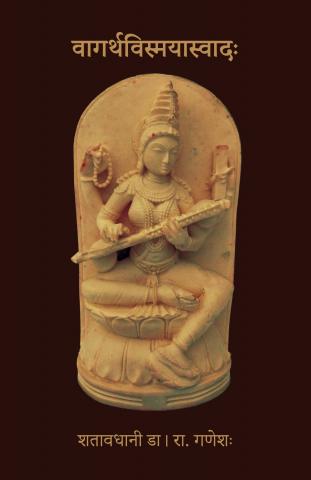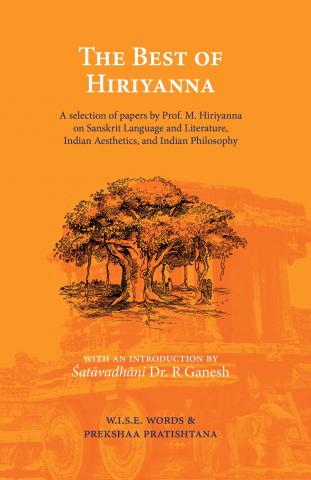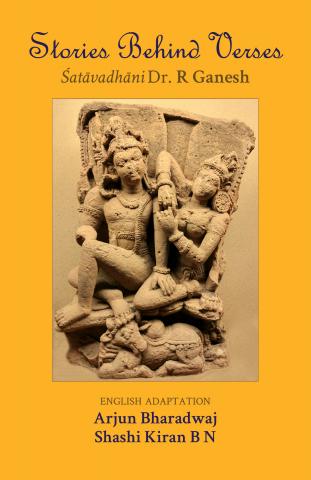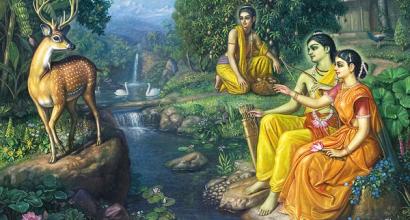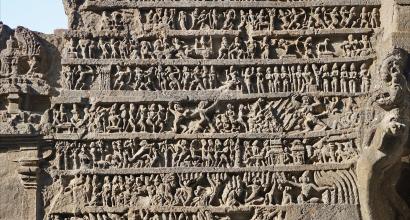Bhavabhūti appears to have been well-versed in various śāstras as well; he is likely to have read the poems and plays that were authored before his time and those that were popular in times contemporary to him. One can easily see the influence of Bhāsa, Kālidāsa, Śūdraka, Harṣa, and others in his works. He had not only absorbed the best aspects of the literary works of the poets and scholars who lived prior to him, but also probably harboured the idea that he had surpassed them in every way. It is perhaps because of this attitude that we see him becoming very verbose in his plays, and especially in the varṇanās, i.e., poetic descriptions, he overdoes things – what the classical poets of the past would have said in a sentence, Bhavabhūti elaborates in four. However, we must keep in mind that adding layers and layers of colours over a painting does not bolster its beauty or value; we must admit that he is not a vara-kavi like Bhāsa and Kālidāsa; it is for this reason that his works betray his excessive effort, especially to prove a point; they do not appear like the natural flow of a poet’s inherent talent; quite a few verses in his plays, especially those with similar and repetitive ideas seem to have been composed by the poet independently; he appears to have incorporated them in his plays as and when the context demanded – this makes their inclusion look slightly artificial (For instance, see Uttararāmacarita 1.29, 2.4,7,20,21, 3.17, etc). Some scholars opine that whatever Kālidāsa implicitly suggests in his works is explicitly expressed by Bhavabhūti in his works, and this quality of the latter must be hailed; however, we must admit that such instances in Bhavabhūti’s works are usually artificial, overdone, and are quite far removed from familiarity; in other cases, the descriptions provided by the poet are so overwhelming that they don’t actually capture the creative imagination of the connoisseur – they might just bounce off his head. Other scholars declare that while Kālidāsa and other stalwarts capture soft and gentle emotions in an equally delicate manner, Bhavabhūti is unique because he has captured even deep, profound, and harsh ideas in an impeccable manner. Nevertheless, we must keep in mind that even in such descriptions, more than clear and relatable images, Bhavabhūti’s bombastic and unnecessarily flowery language overpower the intended meaning. The kind of talent that Kālidāsa displays in his description of the earth as seen by Duṣyanta and Mātali as their vimāna descends, cannot be seen in any situation in Bhavabhūti’s works; Kālidāsa’s is dheera-pratibhaa – a talent that is backed by wisdom and propriety.
Bhavabhūti has not included a vidūṣaka in any of his plays – the exclusion maybe because Bhavabhūti felt that he is not endowed with lively and sweet emotions, or probably because he felt that the plot of his plays did not demand the inclusion of such a character; he might have also felt that it was impossible to include a vidūṣaka for the communication of the philosophy he had in in mind. His plays lack haasya even in instances where it could have been easily brought in. Even in the few rare cases where humour actually occurs, we must say that it is of a ‘serious’ and ‘scholarly’ kind and not casual and lilting one.
Finally, many scholars say that Bhavabhūti uses the most appropriate chandas and the right kind of language as per the requirements of the context; this, however, should be natural to a poet who is a vaśya-vāk! It is not a unique or special quality, especially of a poet who is supposed to be a master of language. We have seen this quality in Kālidāsa and Sriharṣa already. Moreover, it would not be wrong to say that Bhavabhūti displays bhāṣā-sampatti more than bhāva-sampatti – his skill in using language is greater than his ability for emotional elaboration and layering. In summary, his style is more bombastic than that of the earlier stalwart playwrights – it displays its affinity to the gauḍī-śaili. Phrases such as unnāla-bāla-kamalākara-mākaranda-niṣyanda-saṃvalana-māṃsala-gandha-bandhaḥ are rather rarely found in his works (Mālatīmādhava, Act 9). In some places, the language that he has used and the chandas he has chosen for the sake do not appear that appropriate either. For example, the following is the description of the joy that Rāma felt when he hugged his son Lava –
“pariṇata-kaṭhora-puṣkara-garbhacchada-pīna… sparśaḥ” (Uttara-rāma-carita 6.13)
Bhavabhūti’s manodharma has lesser proportions of softness, gentleness, simplicity, and sweetness; his scholarship and confidence radiate through his words – his language is serious and grand and not really lucid. He seems to have harboured contempt for the world and does not appear to have gone to the depths of understanding the variegated human emotions in all their dimensions; he does not seem to have comprehended human shortcomings either. Thus, his characters lack the life essence to a large extent; they don’t possess solid personality; in fact, Rāma too bores us at times; Kāmandakī also works like a machine – she is a saṃnyāsinī only in her costumes but not in her actions. Bhavabhūti’s works reveal more of his personality than of the characters he has created and depicted. He radiates brilliance; he has a special place in the domain of Sanskrit literature.
To be continued ...
The current series of articles is an enlarged adaption of Prof. A. R. Krishnasastri's Kannada treatise Saṃskṛta-nāṭaka. They are presented along with additional information and footnotes by Arjun Bharadwaj.

